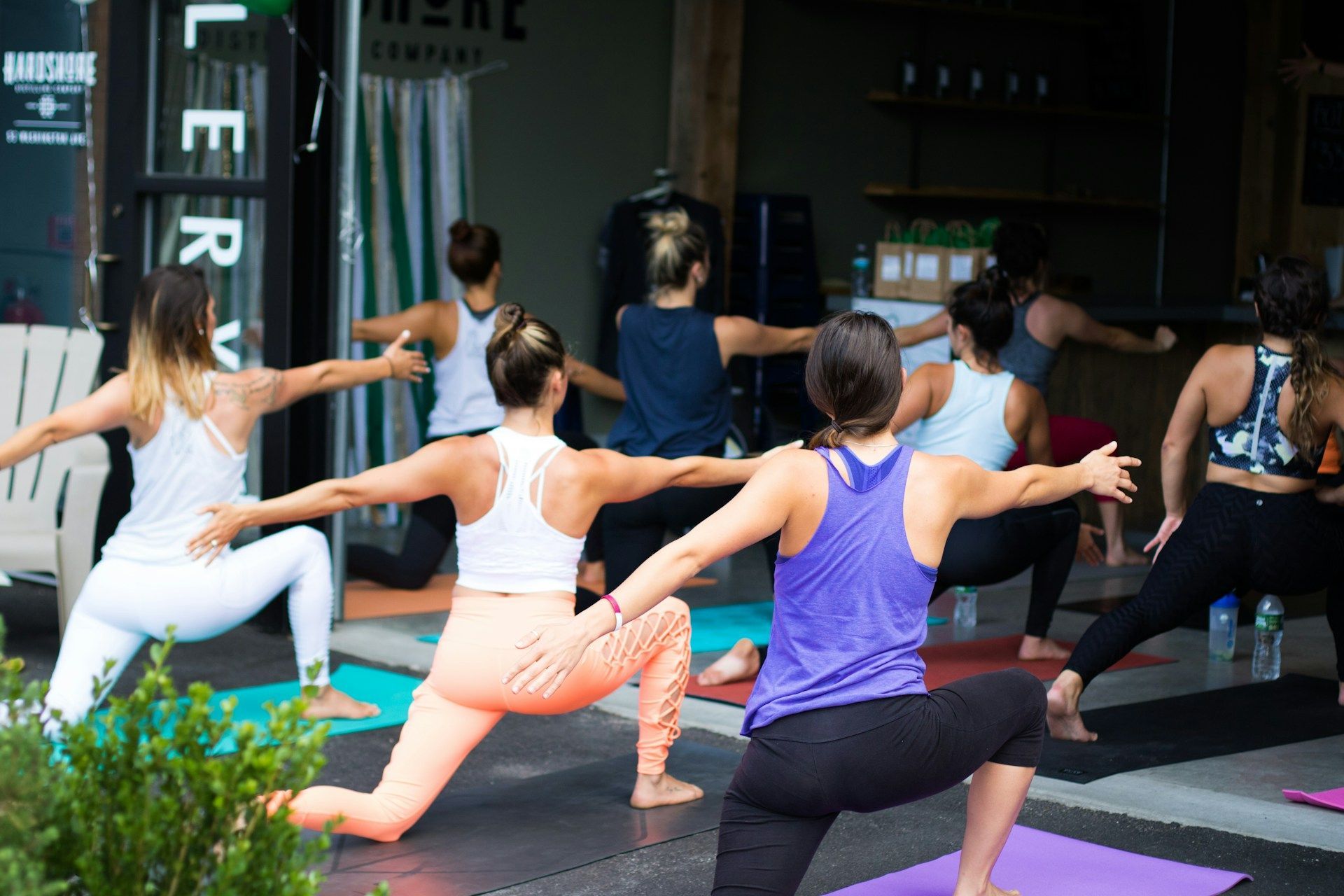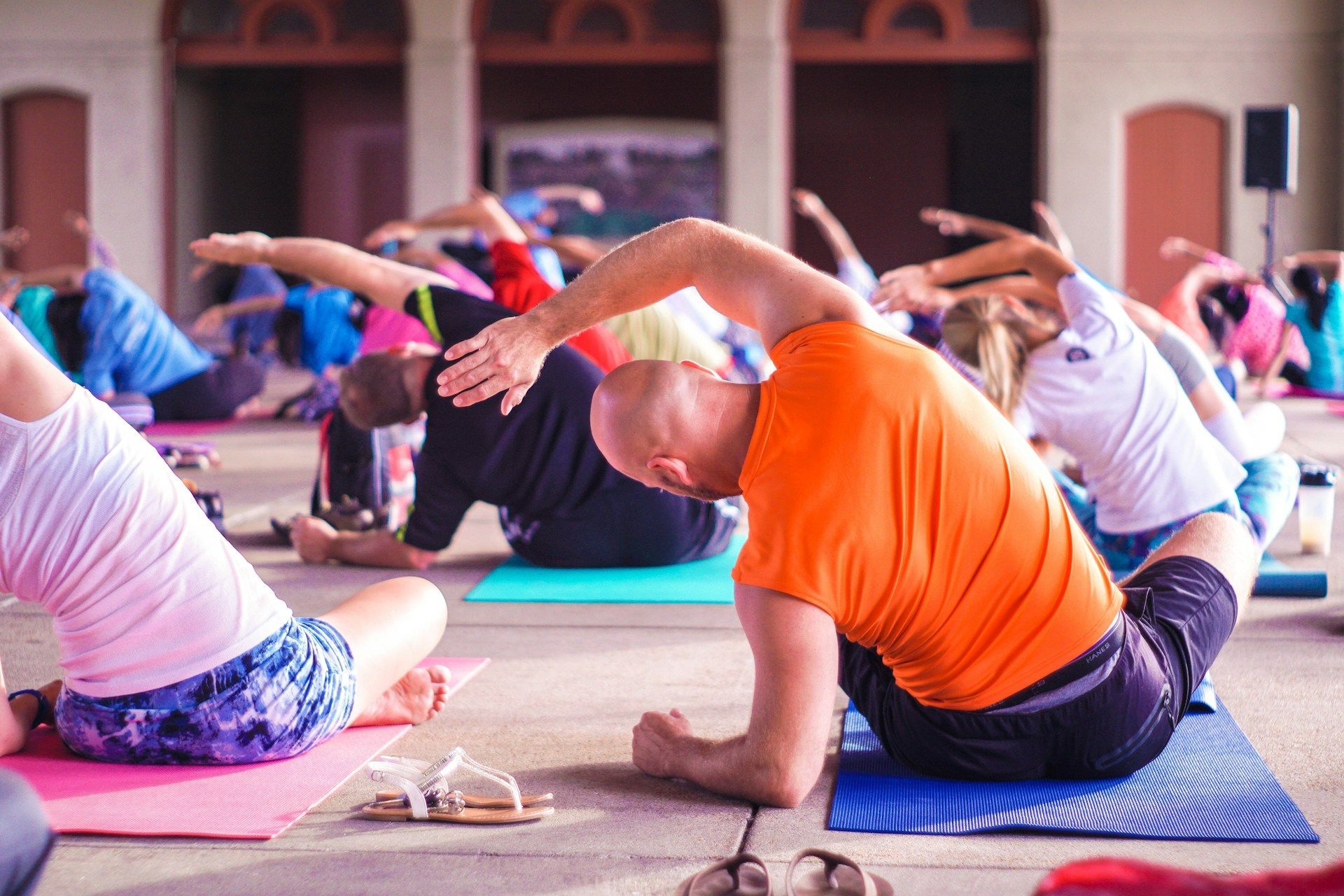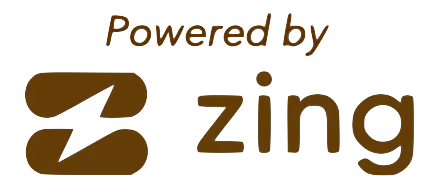What’s Going On in Your Head While Your Body Holds Long Poses?
If you're bored during restorative or Yin yoga sessions, try stretching your mind.
Try this experiment: set a timer for one minute. Then, sit in total silence. The same 60 seconds that may have flown by had you continued reading suddenly stretched out impossibly long, didn’t they? Restorative and Yin yoga sessions often feature long, static passive stretches lasting as many as five minutes, sometimes more. You know what your body is doing — what’s going on in your head during that time?
Many people shy away from such practices, claiming they are boring and therefore a waste of time. However, both restorative and Yin are enormously beneficial to your body, mind, and spirit. What goes on between your ears is often far more important than what you do with your limbs on the mat. Let’s examine what might go on in your head while your body holds long poses and how to direct your mental energy during restorative or Yin sessions for your maximum benefit and sense of inner peace.
I’m Bored
What is boredom? Contemplating that question the next time it strikes you on the mat is, ironically, a good way to beat it. Boredom is a restless feeling; it’s like energy building up inside of you, screaming for an escape. It makes you feel like a teapot, boiling and whistling, your spirit crying out to do anything other than what you are currently engaged in.
Boredom often strikes during physical inactivity. After all, when you engage your body in active exercise, there’s a lot to occupy your attention. Even a simple motion like walking entails paying attention to where you put your feet so you don’t trip while interacting with passersby and avoiding hazards like bikes, cars, and curious wayward dogs.
People often crave such distractions, giving boredom a bad rap in Western society. Many people mistakenly conflate boredom with a lack of productivity. However, these sacred, silent spaces allow time for deep truths to arise from inside. Your hours spent in quiet contemplation on your mat can be among your most vital and productive hours, as they allow you to connect to the Source. The seeming emptiness is the birthplace of creativity, not only filling you with restless energy but challenging you to determine
how to best use it.
Those of us with a spiritual bent often recognize and resonate with this need for divine silence, even before we can explain the value of practices like Yin and restorative yoga in words. However, even those with a strict scientific worldview recognize the value in removing yourself from outside stimuli to let your central nervous system process all the other signals bombarding you pretty much 24/7. Even if you think of your time in contemplative yoga as nothing more than a routine oil change for your CNS, you reap the benefits.
I know because the scientific model was my mindset when I first began talking to my mat in earnest. I had one objective: healing. At first, I simply forced myself to engage in affordable and accessible practices with proven benefits for people with my symptoms. I had no money and precious little free time; I couldn’t afford to waste either one. Spiritual insights came later, arising spontaneously as part of the process. Insight wasn’t something I sought, but it found me nevertheless.
Insight is the gift hidden in boredom for those brave enough to push through it. Yes, quiet contemplation requires courage, as not all truths are warm, fuzzy, and pleasant. Some revelations are downright scary, such as discovering
the role you play in your own problems and resolving to take the necessary steps to improve. However, you can’t change what you remain unaware of. Boredom can act as a necessary mirror.
Therefore, embrace boredom when it strikes on the mat. Instead of fleeing from it, lean into it. Treat it with a spirit of curiosity. What revelations might emerge from the depths when you give those muddy waters time to go still?
Remember, always, to practice a degree of detachment, reminding yourself you are not your thoughts. However, you can influence them through your choices. If you need a bit of guidance for directing your mental energy while your body holds long poses, here are 6 tips.
1. Take Notes on Your Thoughts
Detaching from your thoughts and feelings enough to evaluate them objectively is among the toughest work you will ever do on the mat. However, it is a skill you can learn, and doing so can be transformative. It’s how yoga helped me dig myself out of homelessness, albeit not directly. As of writing these words, Only in Sedona Yoga has still not made a dime of profit. What yoga gave me was the ability to see the role I played in my problems. It didn’t fix my problems overnight — what it did was train me to avoid the kinds of impulsive actions that make already bad situations even worse by teaching me to examine the thoughts driving my behaviors.
My method involves imagining a little neutral scientist in my head. As thoughts occur, she writes each one down on a page in a notebook, then quickly turns it to move on to the next. Some people might imagine their thoughts in balloons, similar to cartoon dialogue. Other people might imagine them as skywriting — each thought arises, forms, then dissipates as the next one takes its place. Whatever visualization technique you use, the idea is to get outside your thoughts and examine each of those voices in your head that influence so much of your external behavior.
Only once you get outside of your thoughts can you ask, “Are these thoughts serving me?” The human mind is both the hardest and softest substance in the Universe, capable of changing on a seeming whim or as stubborn as a cement mule. However, you don’t have to worry about the next step. For now, beat boredom by simply building awareness of what’s going on in your head, jotting it down, examining it, and turning the page.
2. Examine an Old Problem in a New Light
Awareness of your thoughts can transform them — and help you solve life’s problems off the mat. The next time you feel boredom going on in your head while your body holds long poses, get a little wacky. Examine a matter facing you from a completely different point of view.
For example, maybe you have an enormous amount of stress in your life right now because you feel trapped in your job. You aren’t happy, but terrified about the loss of income if you quit. It’s a valid fear — good-paying jobs aren’t easy to come by, and in the United States at least, losing employment often means losing health coverage you may need to manage chronic conditions.
Imagine for a moment that you got fired. What would you do if there were suddenly no other recourse, if you couldn’t choose to slog through another day to meet those needs? How would you meet them then? Contemplating these questions busts boredom on your mat. It can also help you break out of ruts and take back your power — what would you do if you could no longer choose to do the things that ultimately lead to your unhappiness?
Your revelations may surprise you. For example, you may discover that your current gig isn’t so bad, after all, not if it affords you the time for things like your yoga practice. Your next question to beat boredom is how to make your daily grind less of, well, a
grind.
3. Contemplate Connections
When’s the best time for a spontaneous loving-kindness meditation? An exploration of all the ways you appreciate someone special in your life is a lovely thing to have going on in your head while your body holds long poses.
You might make a mental list of all the things you adore about this individual. Maybe you even begin to compose a loving poem in your head that you can later pen to show them how much you care. Remember, you can also turn the eye of
metta or loving-kindness toward yourself — and listing all the things you love about you can be a powerful healing exercise if you talk to the mat to recover from trauma.
4. Focus on a Koan
Many people are already familiar with one of the more famous Zen koans, “What’s the sound of one hand clapping?” A koan is a paradox, a question with seemingly no answer, meant to challenge the limits of your reasoning ability and inspire deep contemplation.
For example, I often say on the show, “You are not your thoughts or your feelings, any more than you are your arm or your leg.” However, how can you think about your thoughts without, well, thinking? I can’t help you with the answer to that one. You gotta talk to your mat.
5. Breathe Into Your Body
Restorative yoga began as a method to recover from injury and illness, focusing on slow passive holds that last anywhere from one minute to as many as 20. Those who have had to recover from such conditions know that physical therapy is often part of the healing process. That’s because exercise increases hyaluronic acid production, and long, slow stretches may improve the ability of your fascial layers to slide over one another, reducing pain (1, 2).
Simply allow yourself to deeply feel, tuning into each posture, especially those that work particularly tense and taut areas. I like to visualize a healing ray of light encompassing the area I’m working. Will this visualization exercise spur faster healing? I can’t promise that, but I can say that I find it beneficial.
6. Simply Be
I don’t know about you, but the world moves way too fast for me much of the time. Sometimes, I think if I had one wish, I’d spend it asking everyone to simply slow things down a few notches. However, I don’t have that kind of power in my command, nor does anyone. What I can control is myself and my energy, and one of my favorite ways to beat boredom is to simply be.
How often do you get to simply breathe without someone demanding something from you? Life is full of external commands. “Do this. Precisely this way, at this exact time, for this specific intensity and at this unwavering level,” is what we often hear, even when our bodies cry out, “Hold, enough, I need a break.” Your mat is your sacred space where you are safe, protected, and loved, and you are not obligated to do anything at all except inhale and exhale. Rejoice in the glorious rest!
What’s Going on in Your Head While Your Body Holds Long Poses
If you find yourself saying, “I’m bored” at the mere thought of a Yin or restorative yoga class, it’s time to examine what’s going on in your head while your body holds long poses. It’s okay to be bored. It may even be the most productive use of your time.
Only the “boredom” you’ll find in long, slow passive holds creates the necessary space for your mind to free itself from external distractions and explore your inner world. Doing so can be transformative. Remember, yoga is so much more than pushing your body through the motions. However, to get the most out of each session and experience true “union,” you must include all of yourself in the equation — body
and mind.
References
1. Gasnick, Kristen. “Exercises that worsen osteoarthritis.” VeryWellHealth. September 21, 2024. Retrieved from: https://www.verywellhealth.com/exercises-that-make-osteoarthritis-worse-5215265
2. Casacci, Fabio and Colonna, Severio. “Myofascial system and physical exercise: A narrative review on stretching.” NIH. December 4, 2024. Retrieved from: https://pmc.ncbi.nlm.nih.gov/articles/PMC11698533/











